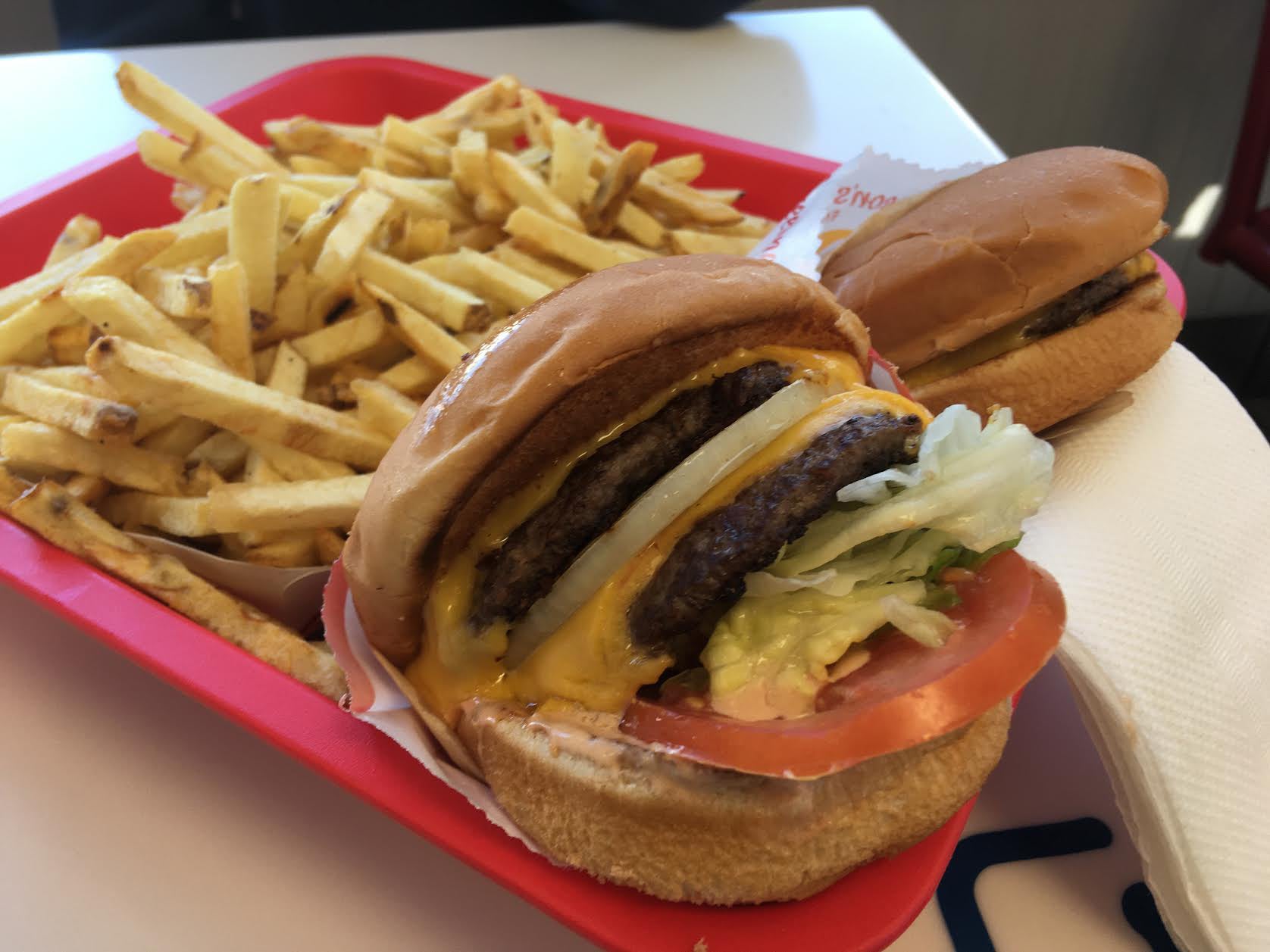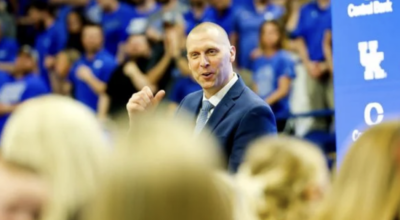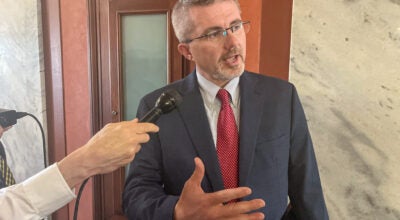Study shows link between liver disease and obesity
Published 2:01 am Friday, January 20, 2023

- A study shows a link between deadly liver disease and consumption of fast food. Photo by John Reitman
BY HEATHER CLOSE
Kentucky Health News
People who are obese or diabetic and get 20 percent or more of their calories from fast food are more likely to get non-alcoholic fatty liver disease, a potentially life-threatening condition, says a new study from the University of Southern California.
The study, published in the peer-reviewed journal Clinical Gastroenterology and Hepatology, “gives people extra motivation to reduce fast-food consumption,” a USC news release said. The study found that beyond the obese and diabetic, “The general population has moderate increases of liver fat when one-fifth or more of their diet is fast food.”
“Even a moderate increase in fat can lead to non-alcoholic fatty liver disease,” said Dr. Ani Kardashian, a USC hepatologist and lead author of the study. “The severe rise in liver fat in those with obesity or diabetes is especially striking, and probably due to the fact that these conditions cause a greater susceptibility for fat to build up in the liver.”
Obesity and diabetes are big health issues in Kentucky. The state ranks first in obesity among children aged 10 to 17, third in percenatge of the population considered obese, and seventh in percentage with diabetes.
Earlier research has shown links between fast food and obesity and diabetes, but this is one of the first studies to demonstrate the negative impact of fast food on the liver, Kardashian said.
“If people eat one meal a day at a fast-food restaurant, they may think they aren’t doing harm,” said Kardashian. “However, if that one meal equals at least one-fifth of their daily calories, they are putting their livers at risk.”
Nonalcoholic fatty liver disease, also known as liver steatosis, can lead to cirrhosis, or scarring of the liver, which can cause liver cancer or failure, USC says. Liver steatosis affects over 30% of the U.S. population.
The study was based on the nation’s largest annual nutrition poll, the National Health and Nutrition Examination Survey. It characterized fast food as meals, including pizza, from either a drive-through restaurant or one without wait staff. It looked at about 4,000 adults whose fatty-liver measurements were included in the survey and compared these measurements to their fast-food consumption.
“Of those surveyed, 52% consumed some fast food. Of these, 29% consumed one-fifth or more daily calories from fast food. Only this 29% of survey subjects experienced a rise in liver fat levels,” USC says.
“The association between liver steatosis and a 20% diet of fast food held steady for both the general population and those with obesity or diabetes even after data was adjusted for multiple other factors such as age, sex, race, ethnicity, alcohol use and physical activity.”
Kardashian said, “Our findings are particularly alarming, as fast-food consumption has gone up in the last 50 years, regardless of socioeconomic status. We’ve also seen a substantial surge in fast-food dining during the Covid-19 pandemic, which is probably related to the decline in full-service restaurant dining and rising rates of food insecurity. We worry that the number of those with fatty livers has gone up even more since the time of the survey.”
Kardashian said she hopes the study will encourage health-care providers to offer patients more education about nutrition, especially to those with obesity or diabetes ,who are at higher risk of developing a fatty liver from fast food. The only known way to treat liver steatosis is through an improved diet.






